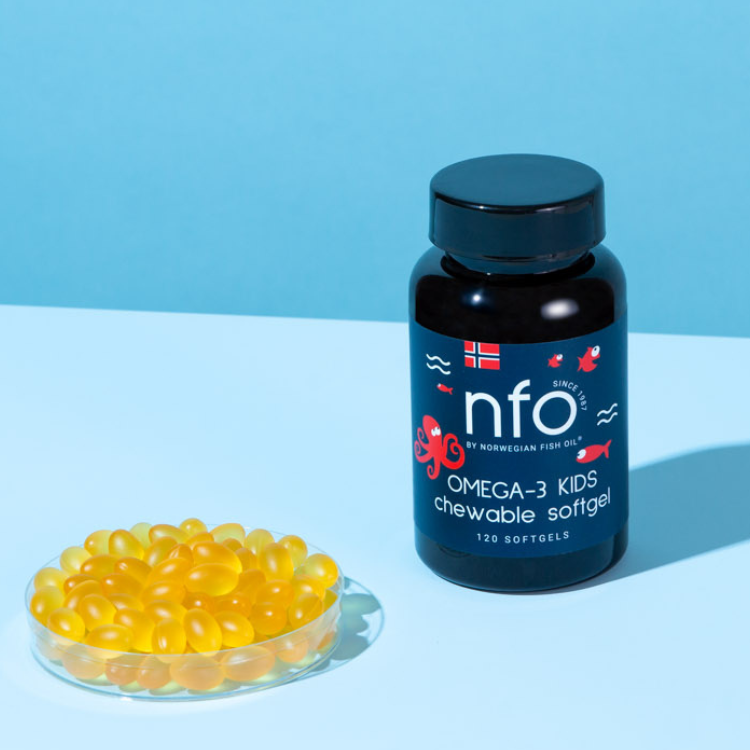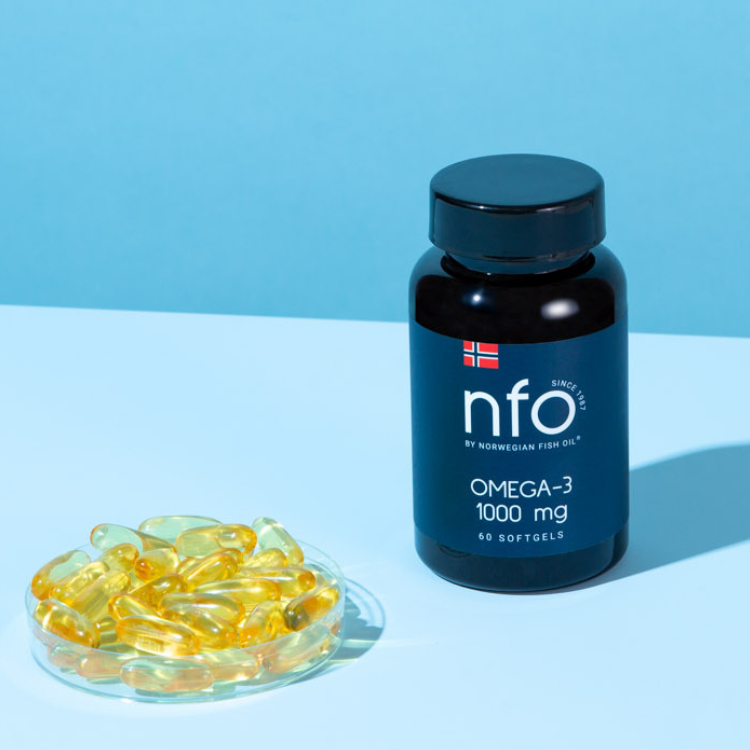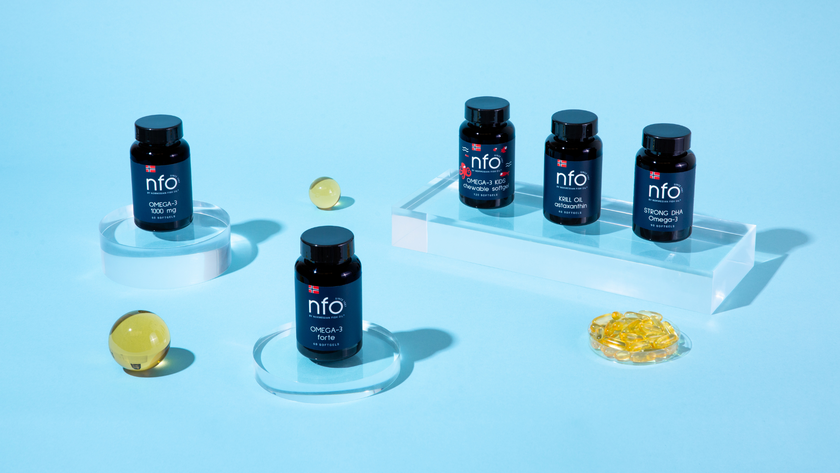Understanding Iron Deficiency
Iron is an essential mineral critical for producing hemoglobin, a protein in red blood cells that carries oxygen throughout the body. Despite its importance, iron deficiency remains a widespread health issue, affecting people across all demographics. This blog explores who should consider taking iron supplements, the benefits and risks, and key considerations for choosing the right supplement.
Causes of Iron Deficiency
- Inadequate Dietary Intake: A diet low in iron-rich foods such as red meat, leafy greens, and fortified cereals.
- Increased Iron Needs: Pregnancy and growth spurts in children elevate iron requirements.
- Blood Loss: Menstrual bleeding, gastrointestinal bleeding, or surgeries can lead to significant iron loss.
- Malabsorption: Conditions like celiac disease or surgeries affecting the digestive tract can impair iron absorption (de Benoist et al., 2008).
Who Should Take Iron Supplements?
Iron supplements are not universally necessary. They are typically recommended for individuals diagnosed with iron deficiency or at risk of developing it. Let’s examine some groups who may benefit from supplementation:
1. Pregnant Women
Pregnancy significantly increases iron requirements. Without adequate iron, the risk of preterm delivery and low birth weight rises. The World Health Organization (WHO) recommends iron and folic acid supplementation for pregnant women to prevent maternal anemia and improve neonatal outcomes (Kassebaum et al., 2014).
2. Individuals with Iron Deficiency Anemia
Iron supplementation is a primary treatment for iron deficiency anemia. It replenishes iron stores and restores hemoglobin levels, improving energy and overall well-being (Guralnik et al., 2004).
3. Athletes
Athletes, particularly endurance runners, often experience higher rates of iron deficiency due to increased iron loss through sweat, gastrointestinal bleeding, or foot-strike hemolysis. Supplementation can enhance performance and recovery (Haas & Brownlie, 2001).
4. Vegetarians and Vegans
Plant-based diets may lack heme iron, the type of iron easily absorbed by the body. Iron supplements can help bridge this nutritional gap (NIH, 2023).
5. Individuals with Chronic Conditions
Chronic diseases like chronic kidney disease (CKD), cancer, and inflammatory bowel disease (IBD) often contribute to anemia of chronic disease. In these cases, iron supplements may be part of a broader treatment plan (Nissenson et al., 2005).
Benefits of Iron Supplements
When used appropriately, iron supplements can:
- Correct iron deficiency and anemia.
- Boost energy levels and reduce fatigue.
- Improve cognitive function and focus.
- Enhance athletic performance.
Risks and Side Effects
Iron supplements are not without risks. Overuse or unnecessary supplementation can lead to iron overload, which may cause symptoms like abdominal pain, nausea, and constipation. In severe cases, it can result in organ damage (NIH, 2023).
Common Side Effects
- Gastrointestinal distress (e.g., nausea, constipation).
- Dark stools.
- Metallic taste.
To minimize these effects, taking iron with food or switching to a slow-release formula may help. Always consult a healthcare provider before starting supplementation.
Types of Iron Supplements
- Ferrous Sulfate: The most common and affordable option, ferrous sulfate, is effective for treating deficiency but may cause more gastrointestinal side effects.
- Ferrous Gluconate: A gentler option with fewer side effects, but it contains less elemental iron per dose.
- Ferrous Fumarate: A high-dose option suitable for severe deficiencies.
- Iron Polysaccharide Complex: This newer form is less likely to cause gastrointestinal discomfort.
- Intravenous Iron: Reserved for individuals who cannot tolerate oral iron or have severe anemia requiring rapid correction (Allen et al., 2013).
Factors to Consider When Choosing a Supplement
- Dosage: Typical doses range from 50 to 200 mg of elemental iron per day. Higher doses are used for treating severe deficiencies.
- Absorption: Vitamin C enhances iron absorption, while calcium, tea, and coffee can inhibit it.
- Formulation: Choose a formulation that minimizes side effects while meeting your needs.
- Quality: Look for supplements tested by third-party organizations to ensure safety and efficacy.
Tips for Effective Iron Supplementation
- Take Iron on an Empty Stomach: Absorption is highest when taken without food, although this may increase gastrointestinal side effects.
- Pair with Vitamin C: Consuming vitamin C-rich foods or supplements alongside iron enhances absorption.
- Avoid Calcium-Rich Foods and Beverages: Calcium can interfere with iron absorption; take supplements at different times.
- Follow Your Doctor’s Advice: Over-supplementation can lead to harmful iron levels.
Monitoring and Adjustments
Iron supplementation requires regular monitoring to avoid complications. Blood tests can track hemoglobin levels, ferritin (iron stores), and transferrin saturation to ensure efficacy and safety (Guralnik et al., 2004).









